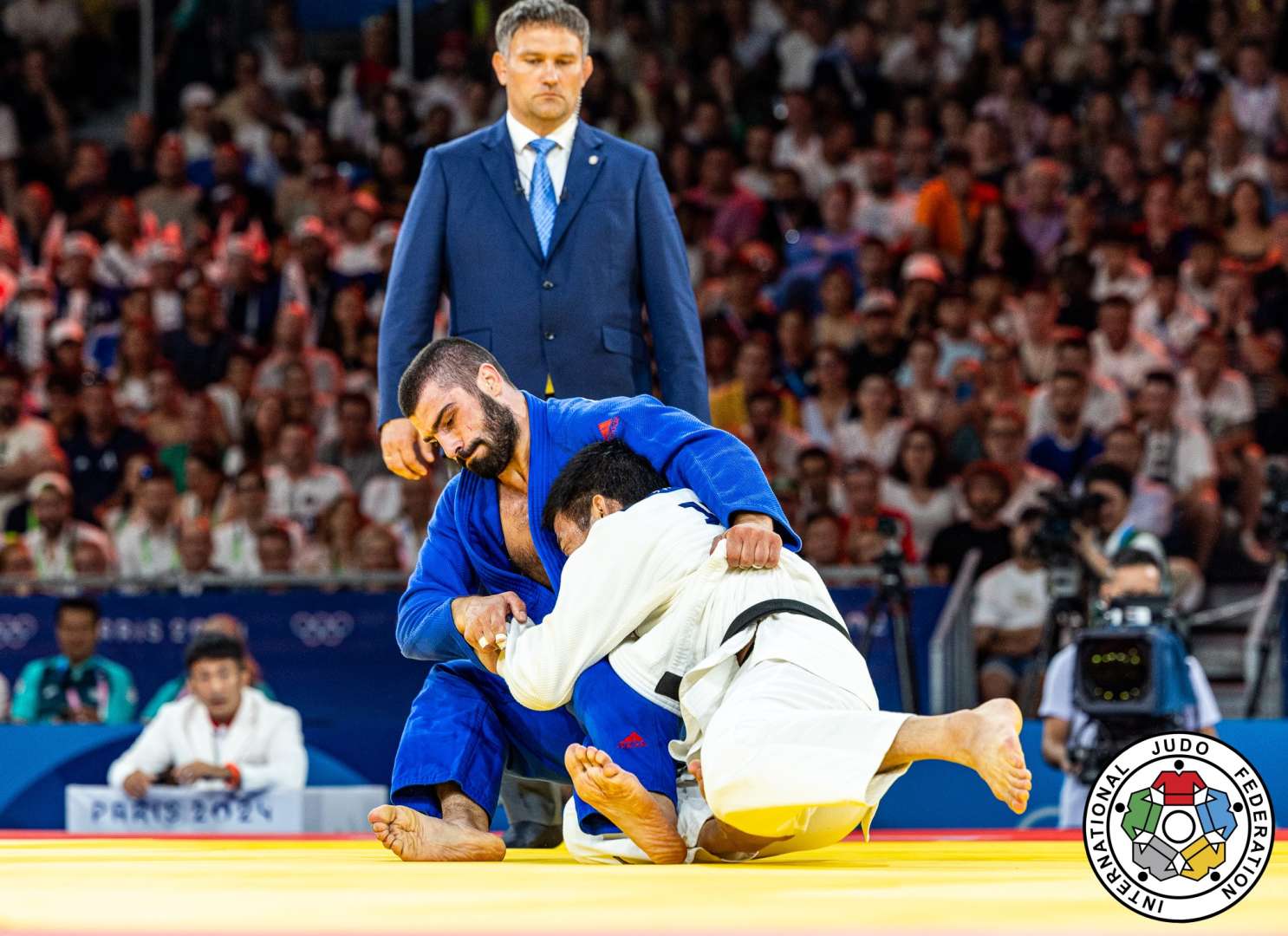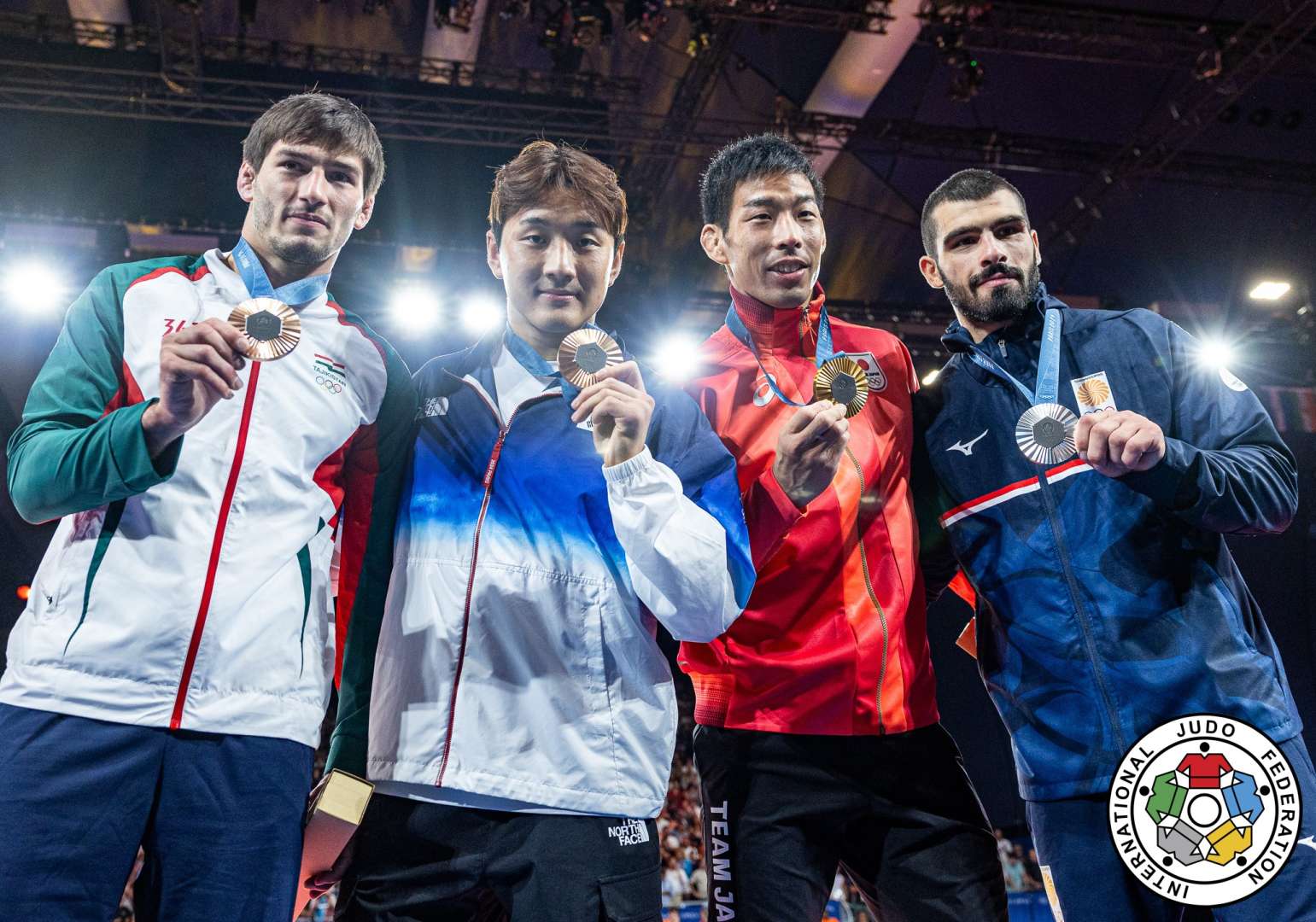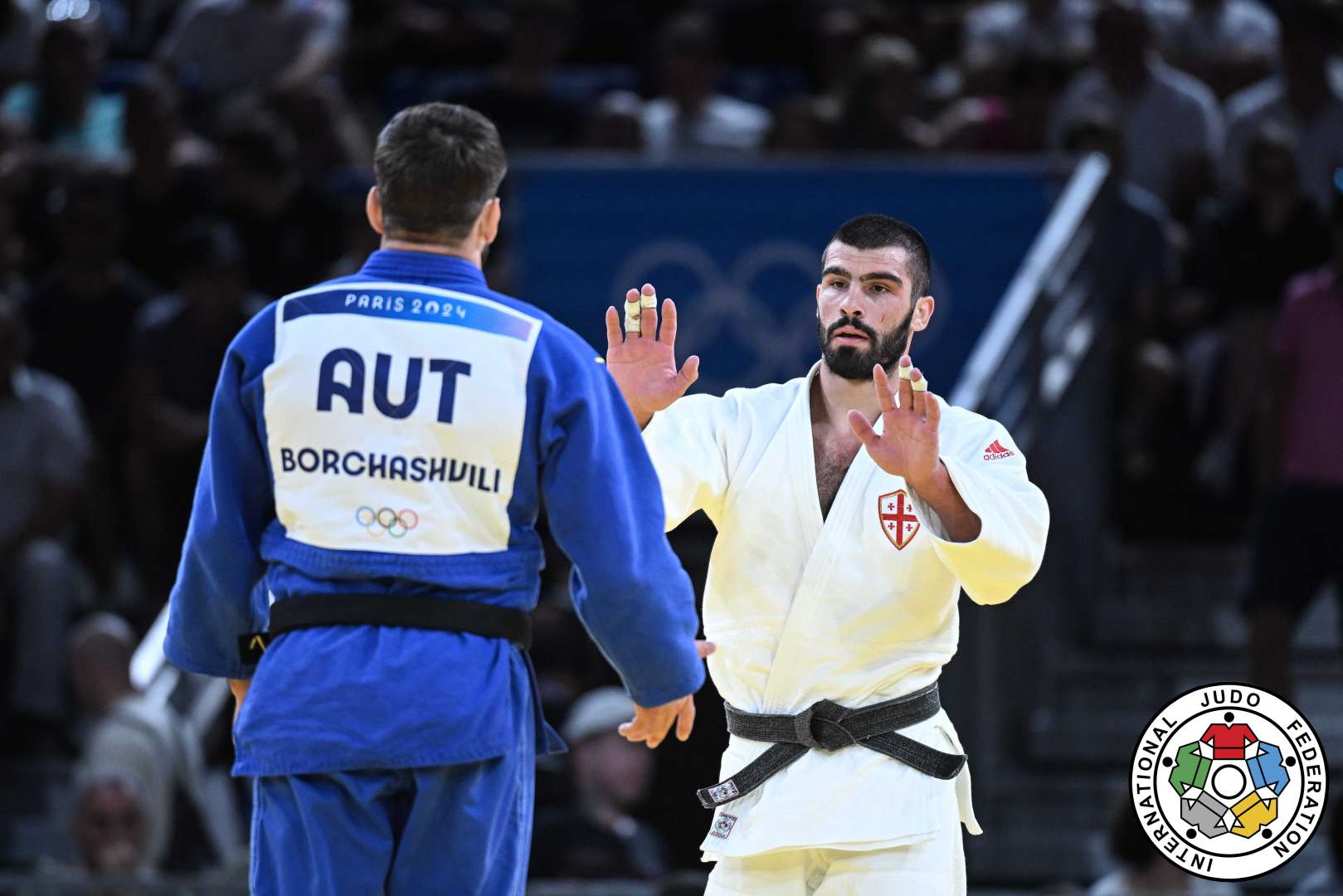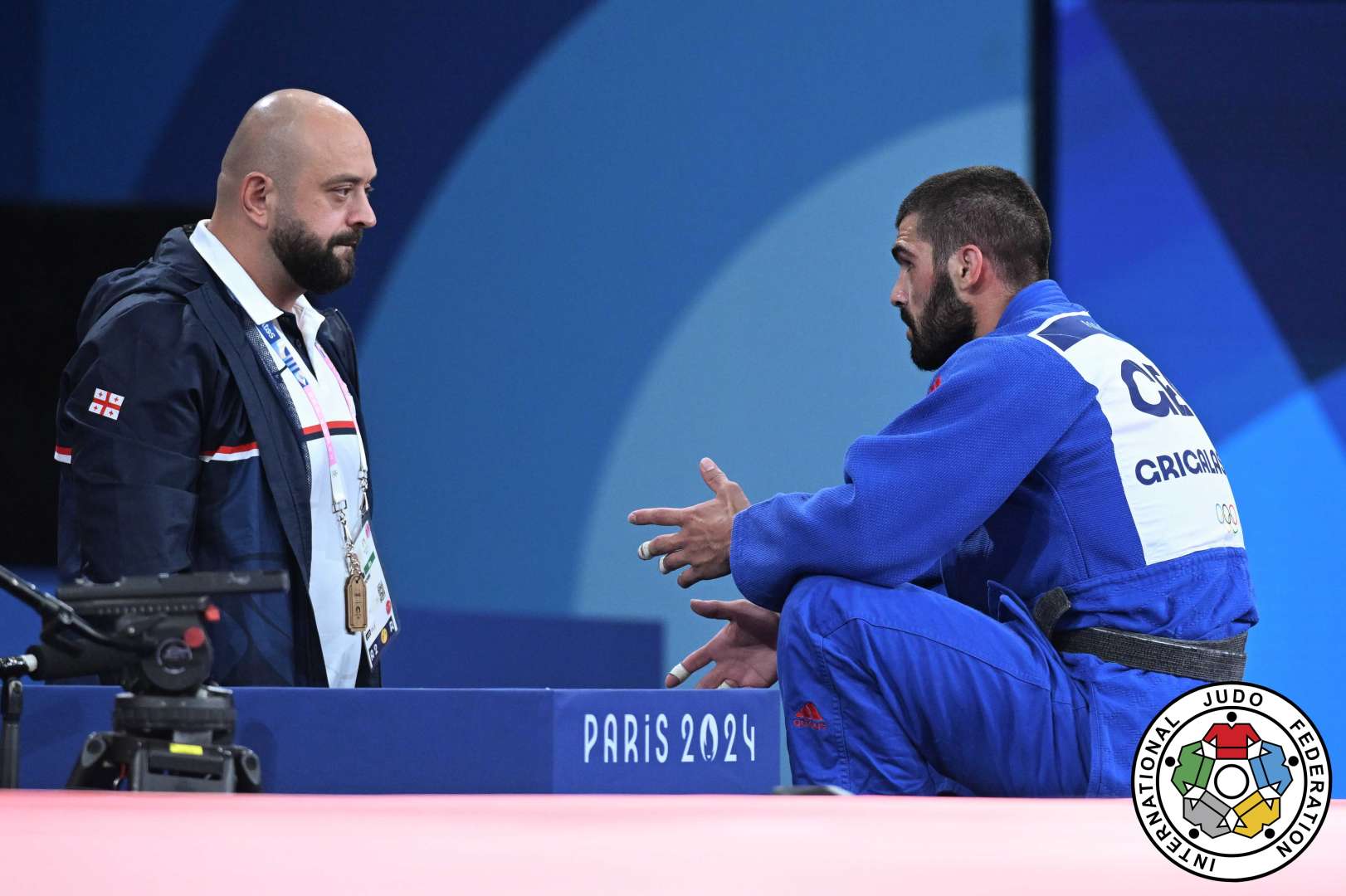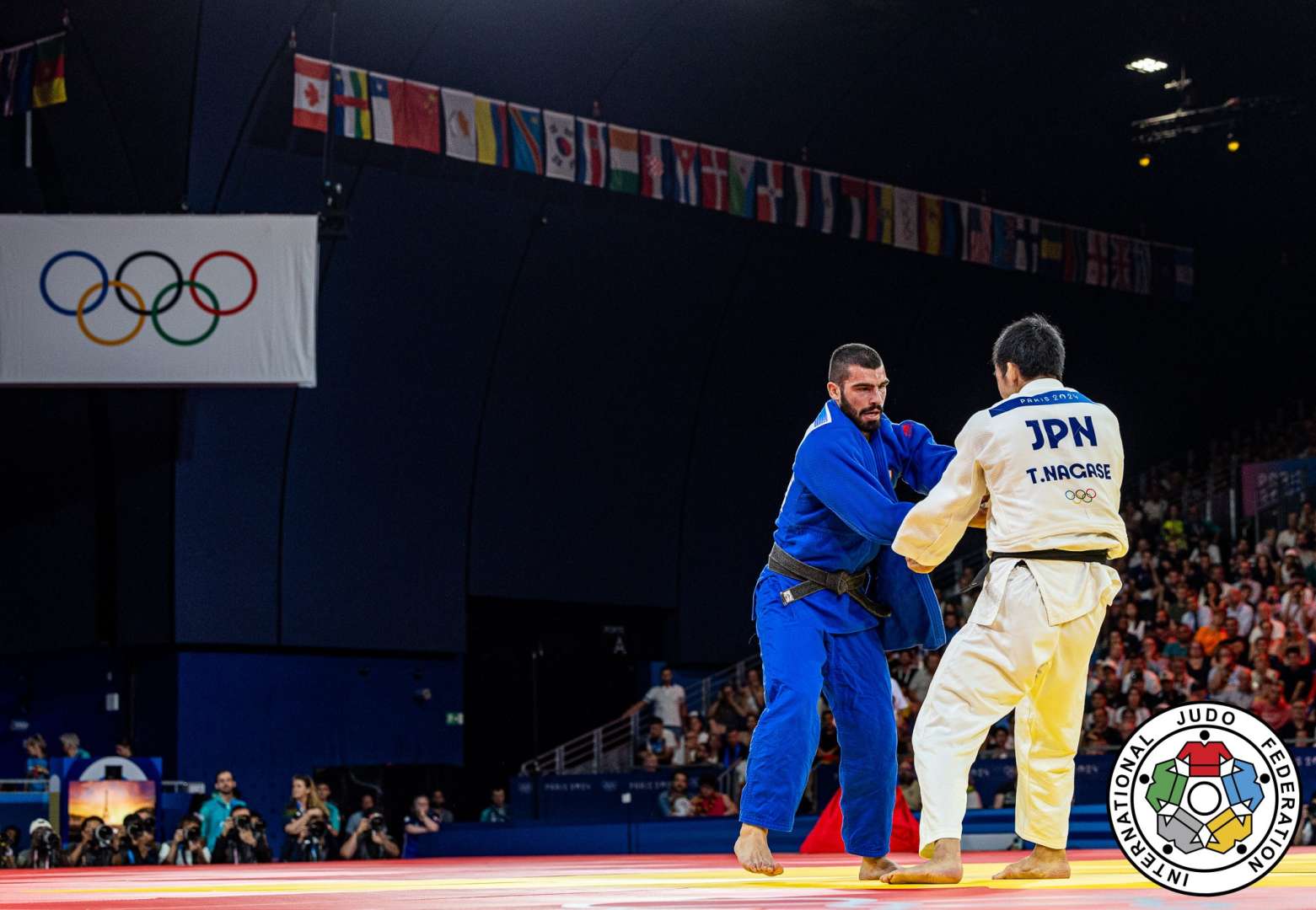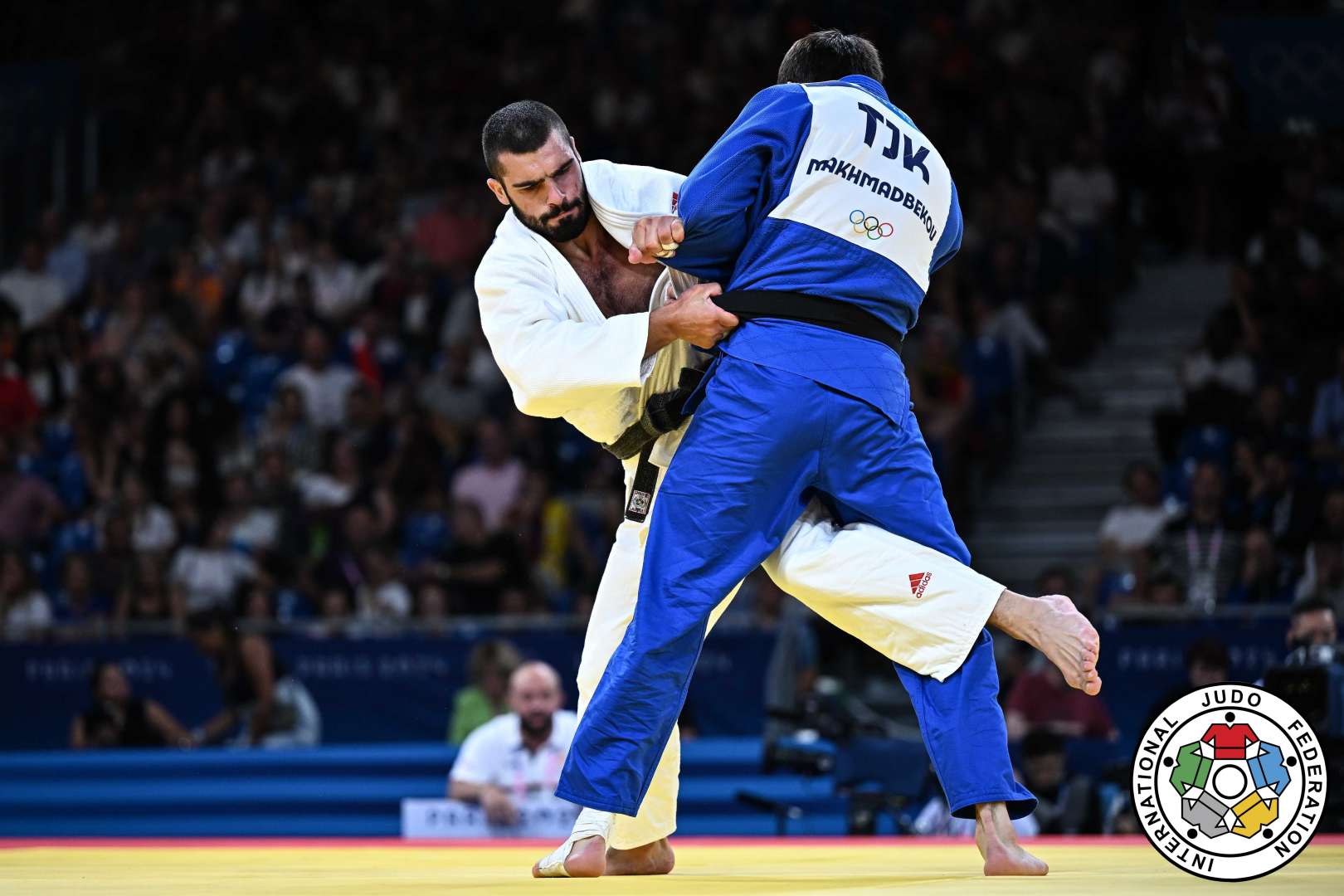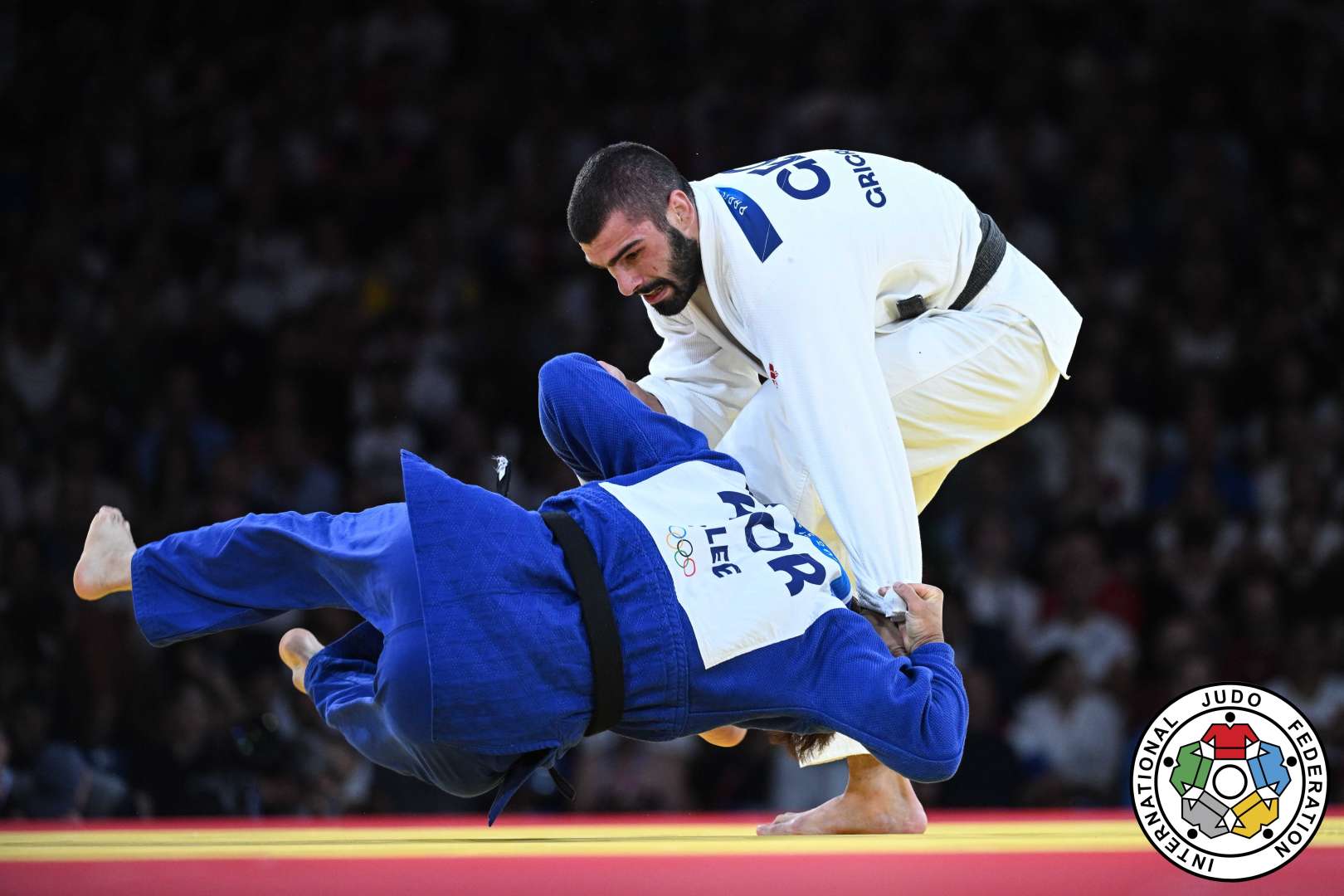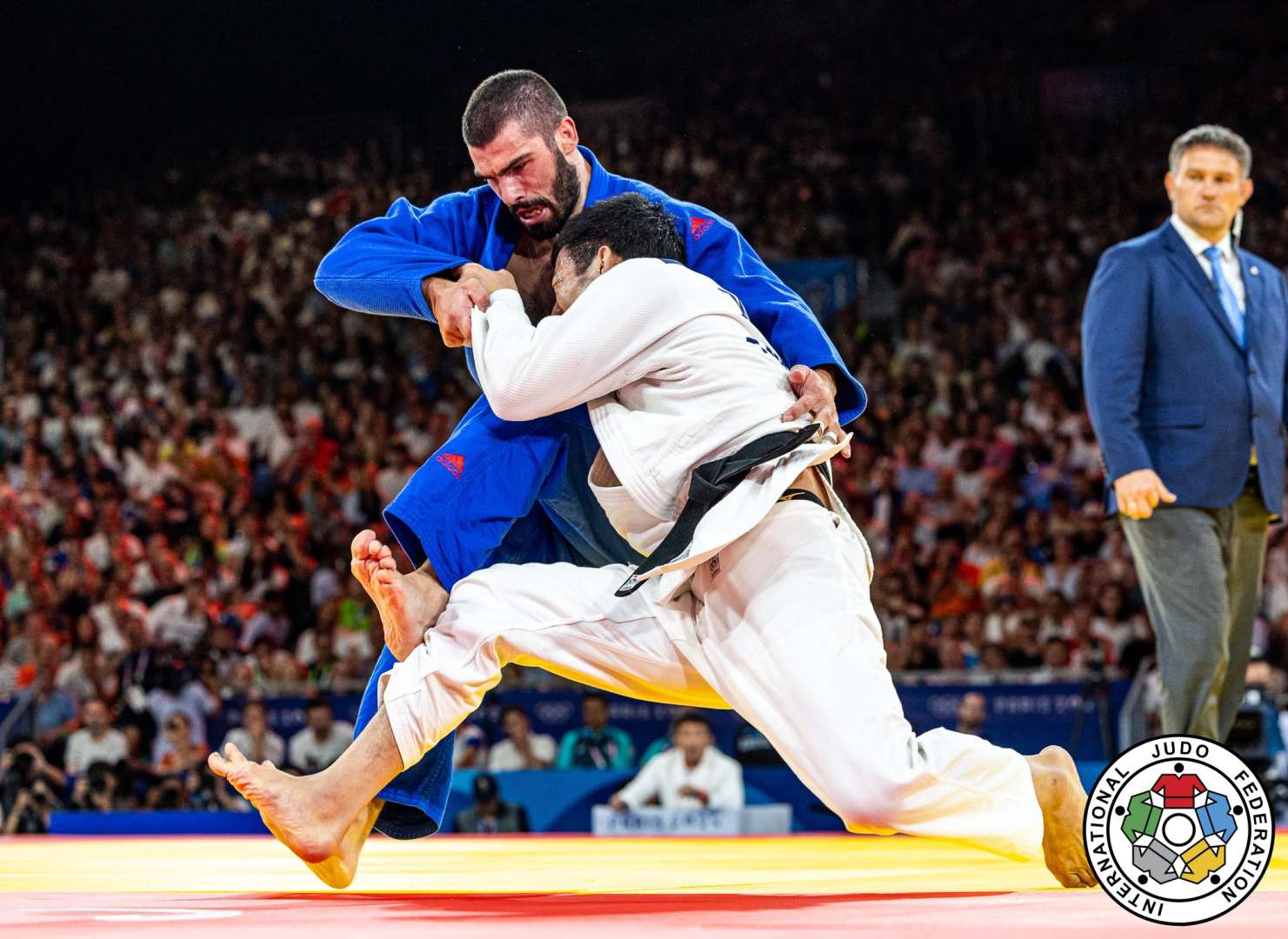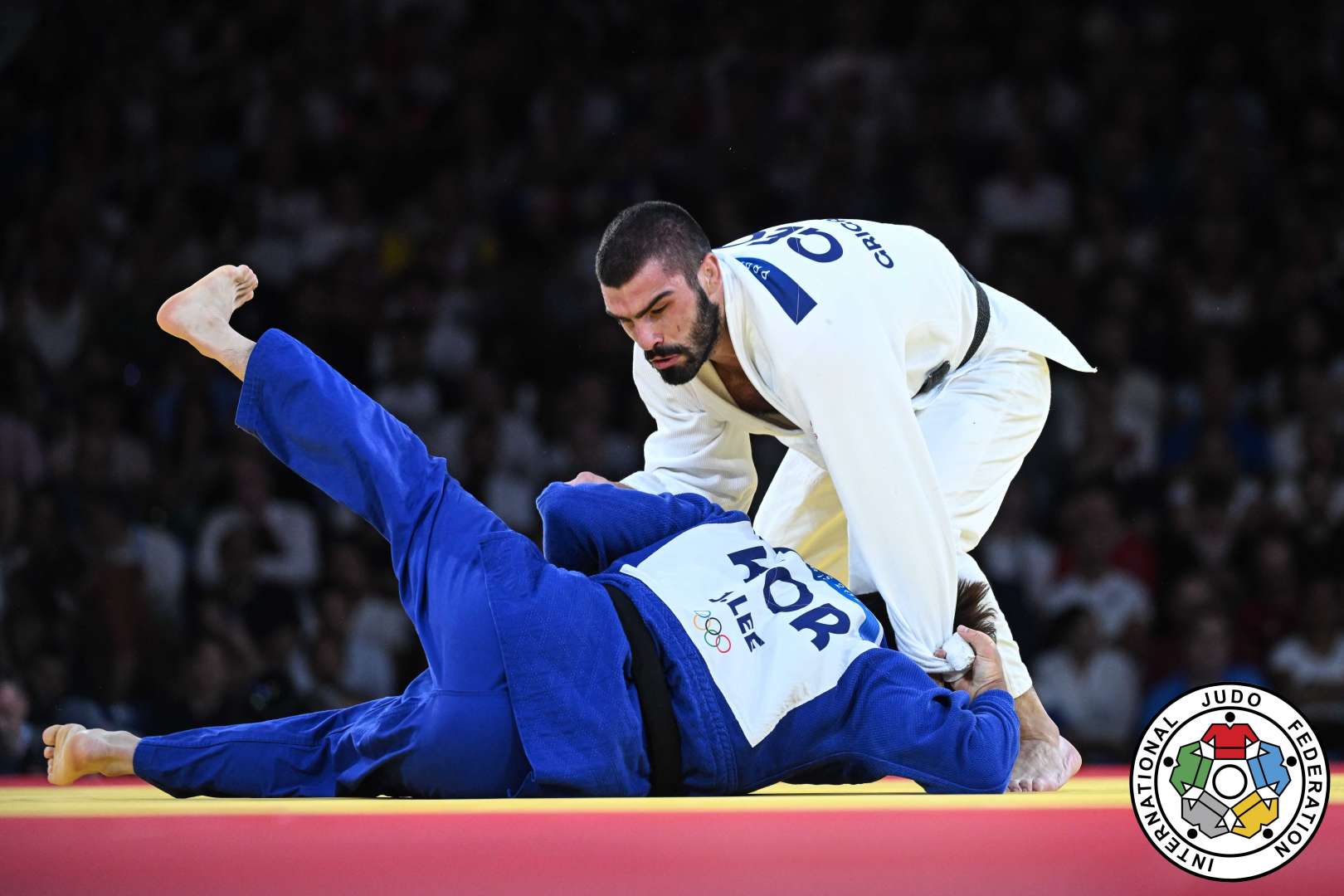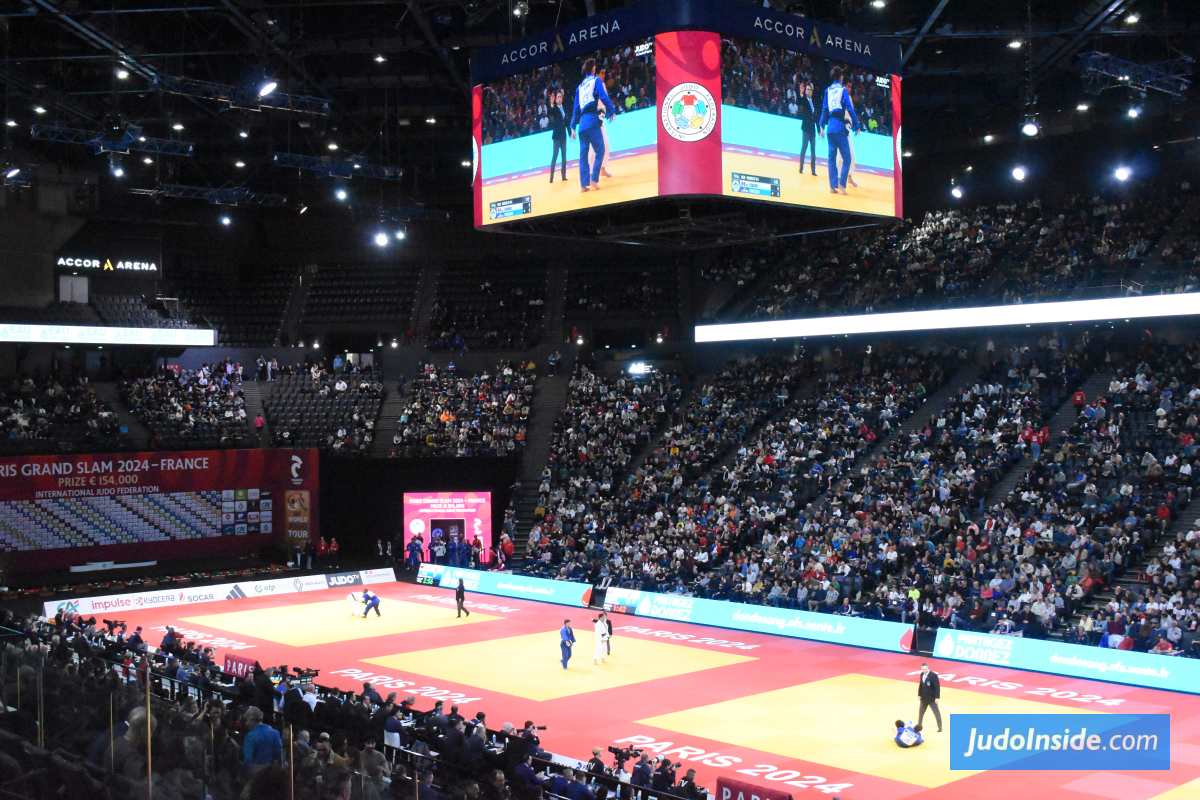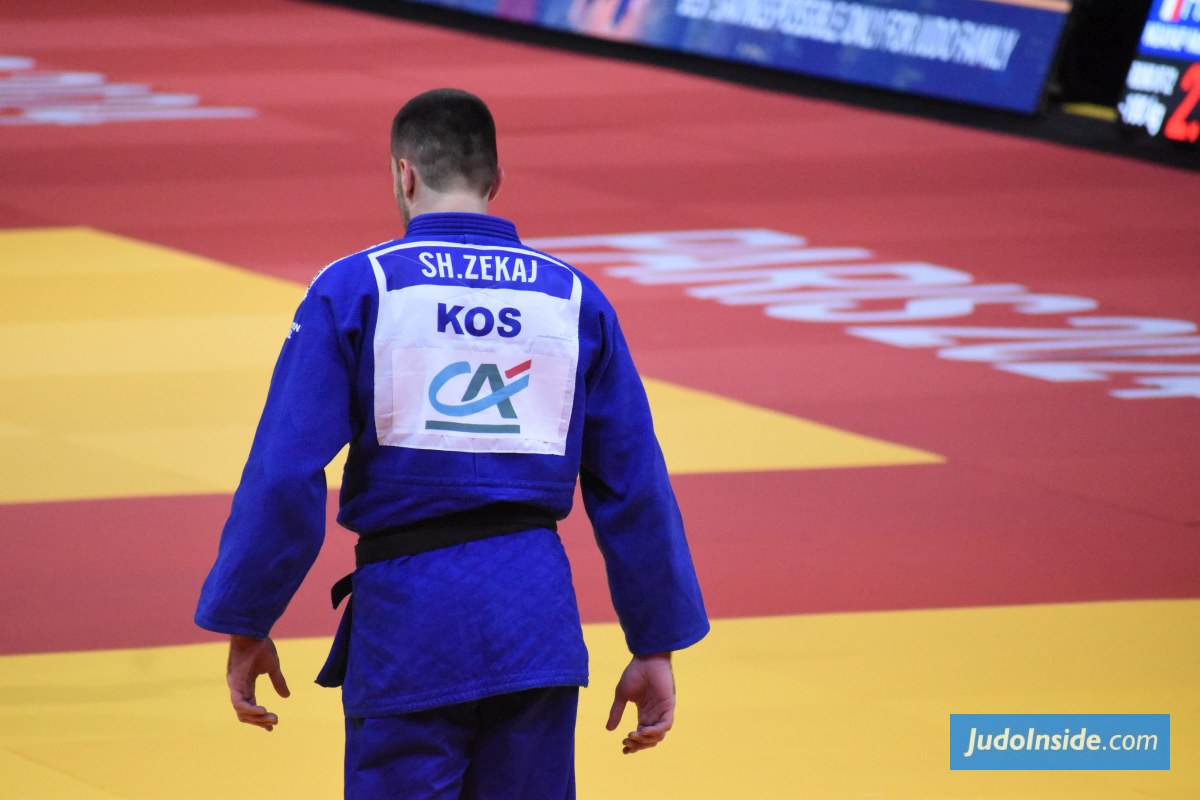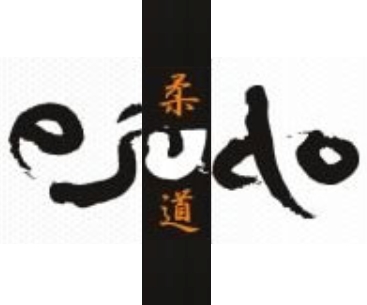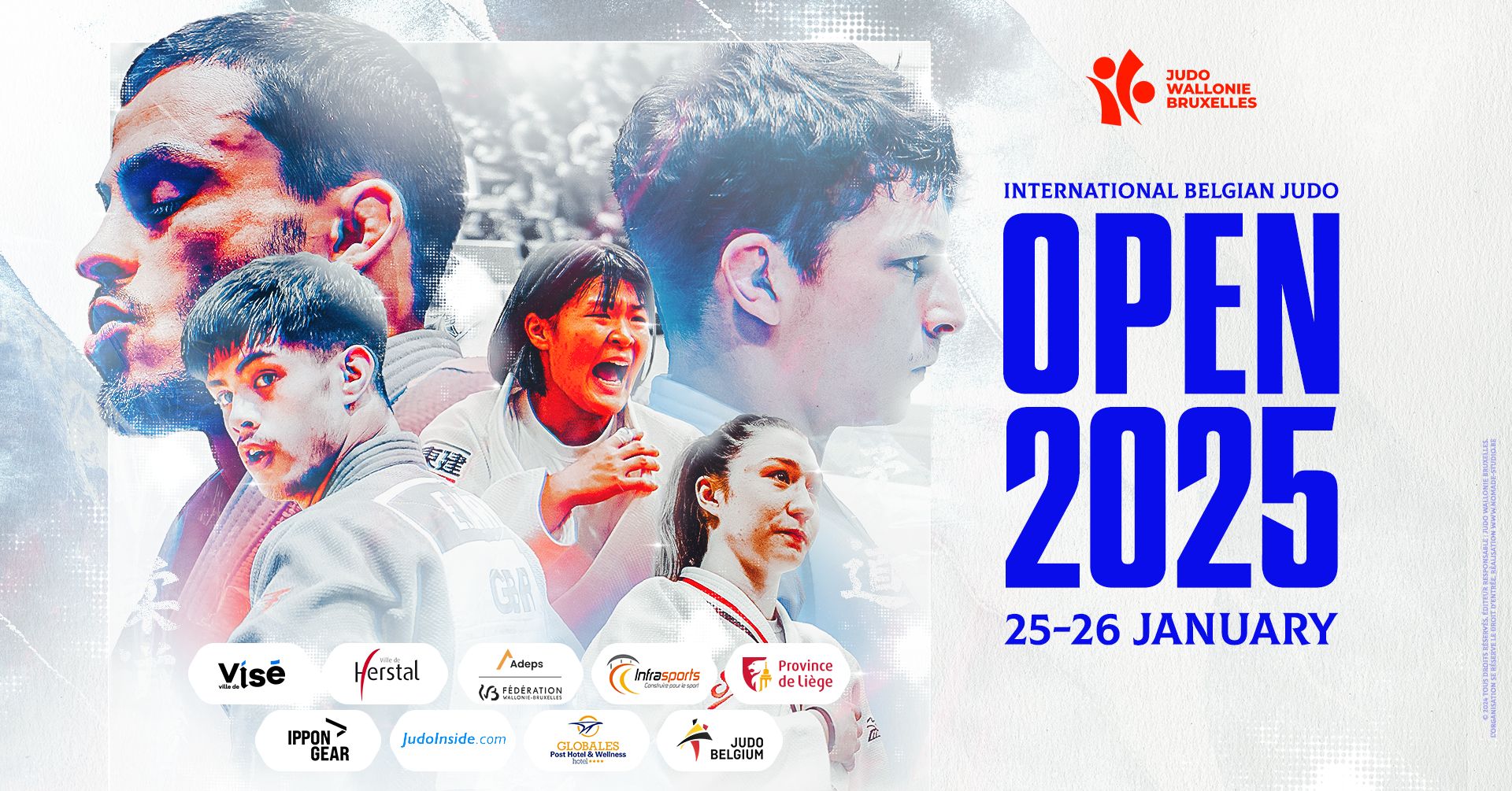It's tough being a Japanese judoka

 11 Apr 2017 14:00
11 Apr 2017 14:00
 JudoCrazy.com
JudoCrazy.com
 Christian Fidler
Christian Fidler
Japan has such depth in judo that in some categories you have multiple players who are absolutely world-class.
Take the -73kg weight class for example. Right now the top two hottest players in that category are Olympic and double World Champion Shohei Ono and Tokyo/Paris Grand Slam Champion Soichi Hashimoto but just a year or two ago, you also had double World Champion Riki Nakaya and World Champion Hiroyuki Akimoto in the running as well.
The -66kg weight class is also full of top contenders. For many years the pole position was held by triple World Champion Masashi Ebinuma but hot on his heels was Kengo Takaichi and Tomofumi Takajo. Now Tokyo/Paris Grand Slam Champion Hifumi Abe is the top dog. Lost in this conversation is Sho Tateyama.
Tate-who? you might ask. No one can blame you if you haven't heard of him but he did show a lot of potential as a youth. It so happens this World Junior Champion was born in Japan and with so many top players in his category (-66kg) he just couldn't break through to the top Senior ranks.
If you look at his results, especially in his early years, you can see what potential Tateyama had. Says Judofan:
"His fighting spirit and attack-to-the-very-end style he possesses were not only crowd pleasers, but made him popular amongst the Japanese coaches as well. His consistency landed him on the podium in nearly every tournament he entered from 2011-2014."
Had he been born in another country, his story might have been very different. The Japanese judo landscape is littered with stories like Tateyama's.
Hirofumi Yamamoto (-60kg) is another one who comes to mind. Like Tateyama, he was a Junior World Champion. He possessed a devastating uchimata that sent many of his opponents airborne. He also competed in an era when the superb stylist Olympic/World Silver Medallist Hiroaki Hiraoka reigned supreme in Japan. And after Hiraoka came the brilliantly unorthodox Wold Champion Naoshisa Takato (who is now being challenged by Ryuju Nagayama).
Yamamoto's last international fight was in December 2015 and he is now 27 years old. It looks like his international competition career is over. Imagine the career he could have had if he were representing another country.
These days at the World Championships level it's possible for a country to send more than two players in a category (a maximum total of nine for each gender). So, if you are No. 2 in your country, you still have a chance. For example, for the 2017 Budapest World Championships, both Takato and Nagayama will be sent for the -60kg weight class.
It didn't use to be that way, to the detriment of talent development in some weight classes in Japan. Imagine if you were a middle-weight player in the era of Toshihiko Koga, who reigned supreme from 1987 to 1996. For nearly a decade no other player in his weight class had a chance to represent Japan in top international competitions.
Worse still if you were a -48kg player in the era of Ryoko Tani, née Tamura. From 1991 to 2008, no other Japanese female player in that weight class had a ghost of a chance to compete internationally. That's 17 years where no other Japanese lightweight females could blossom.
In the judo world, we have seen several cases where players resorted to fighting for other countries. The most extreme case was the -70kg weight class in the Netherlands which was dominated by Kim Polling. Not one but two Dutch players went on to fight for other countries, Esther Stam for Georgia and Linda Bolder for Israel.
Actually, plenty of example abound. Alice Schlesinger of Israel now fights for Great Britain (because of World Champion Yarden Gerbi) and Otgonsetseg Galbadrakh of Mongolia now fights for Kazakhstan (because of World Champion Urantsetseg Munkhbat). But until recently, we seldom hear of cases involving Japanese.
There were some reports that Japanese Olympic Champion-turned-MMA-contender Satoshi Ishii had wanted to compete for the USA but nothing came of that.
What has happened recently though is that two female Japanese players have opted to fight for other countries, with -57kg Christa Deguchi opting for Canada and -48kg Steffanie Arissa Koyama representing Brazil.
One swallow does not a summer make (and neither would two). I don't think this will necessarily be a trend going forward. But you never know. Deguchi and Koyama have broken the mold.
Perhaps other Japanese players might consider this route to the Olympics if their paths are blocked by compatriots who are too dominant. Unlike for the World Championships, countries can send only one player per category for the Olympics. And the next one will be held in Tokyo!
An analysis by Oon Yeoh of JudoCrazy.
 like
like
 share
share
 - OTGONBAATAR, Uuganbaatar (MGL)7.jpg)
| Result | City | Date |
|---|---|---|
| 2 | Paris | 2024 |
| 1 | Abu Dhabi | 2024 |
| 1 | Zagreb | 2024 |
| 3 | Belgrade | 2023 |
| 2 | Montpellier | 2023 |

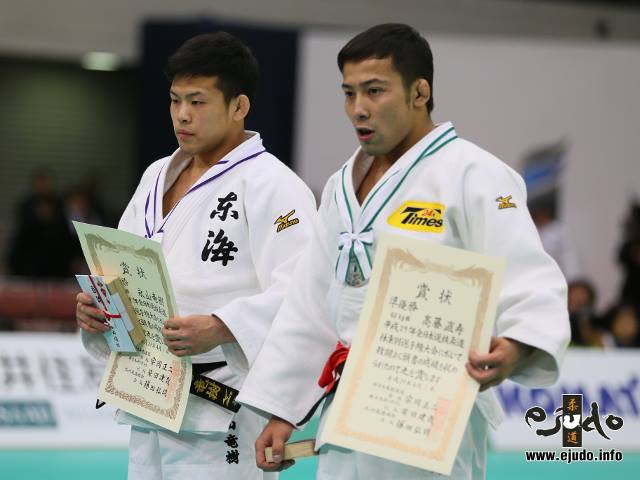






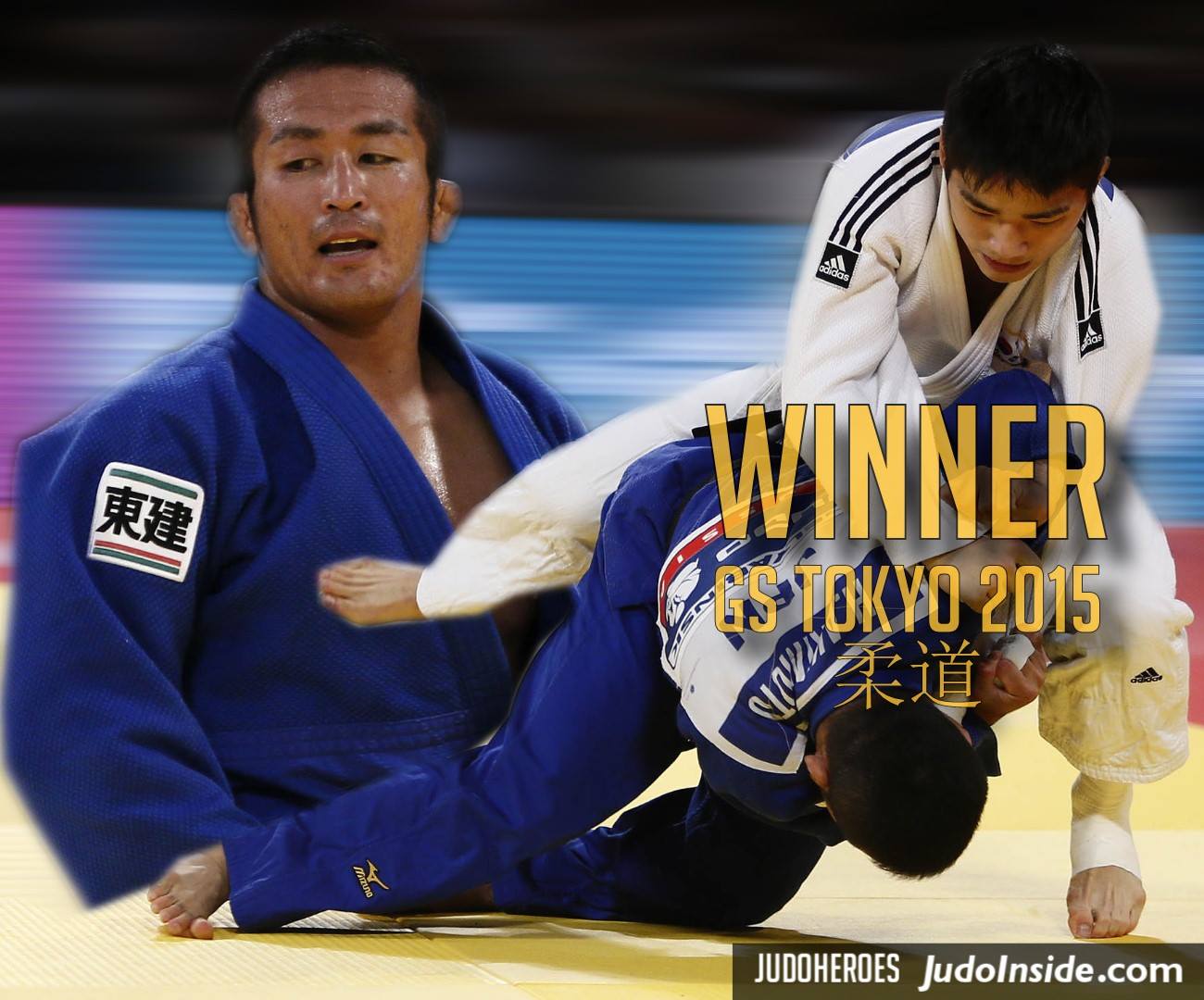
 - KABA Ahmet (TUR)6.jpg)
.jpg)


